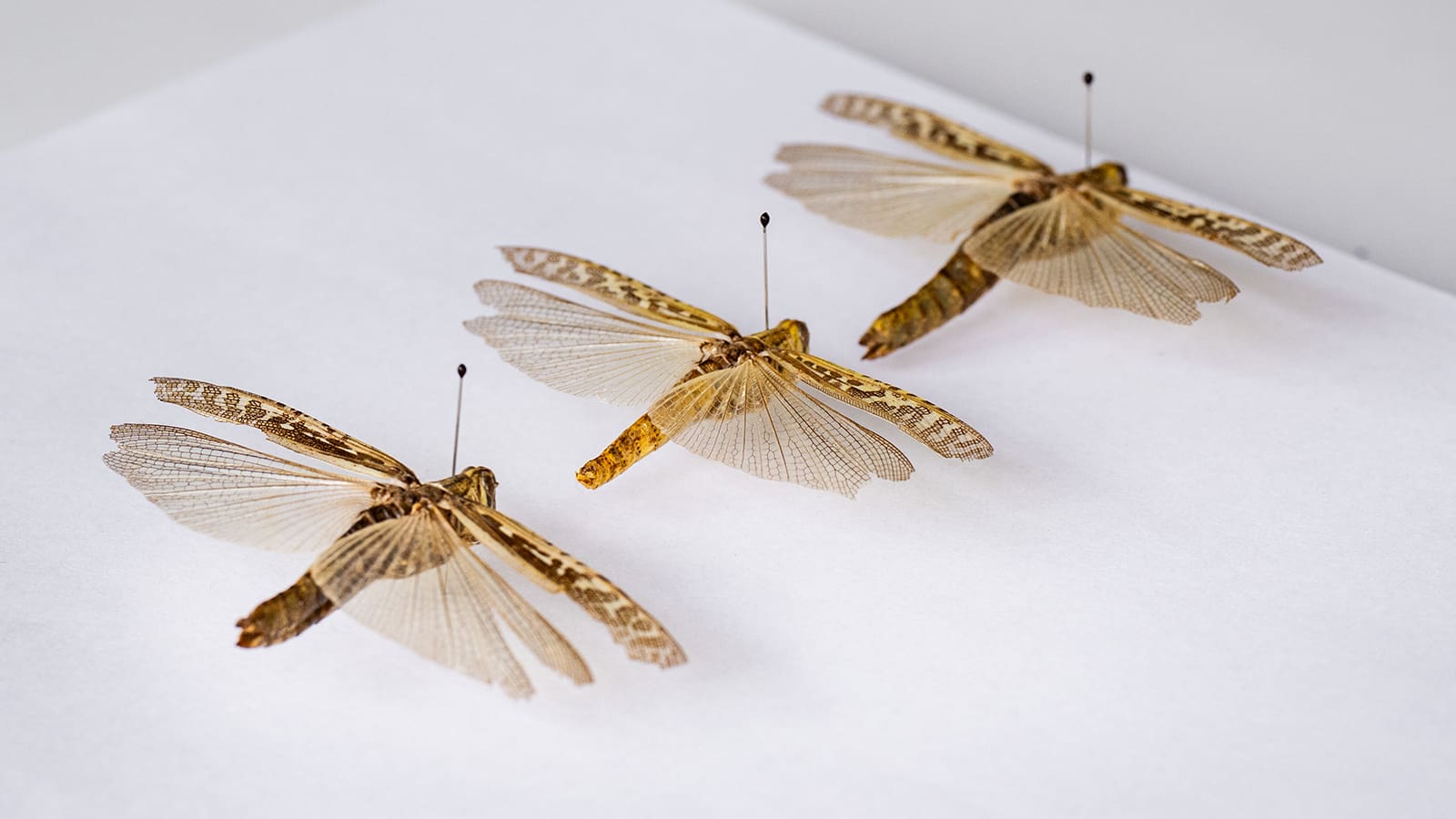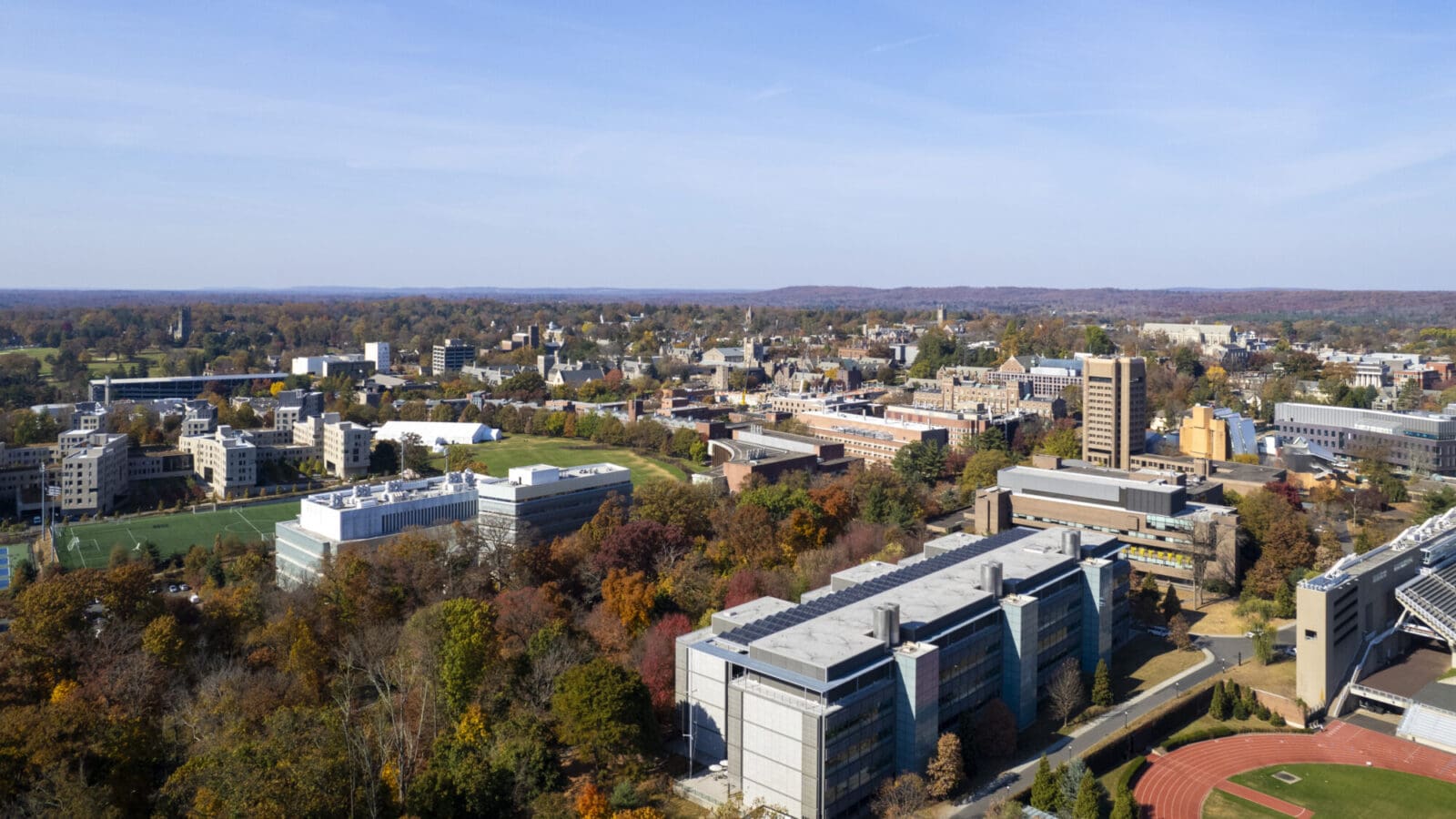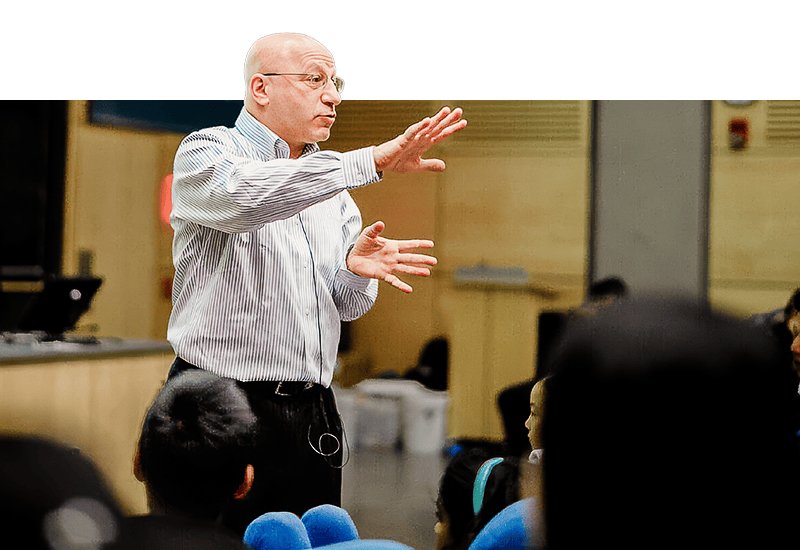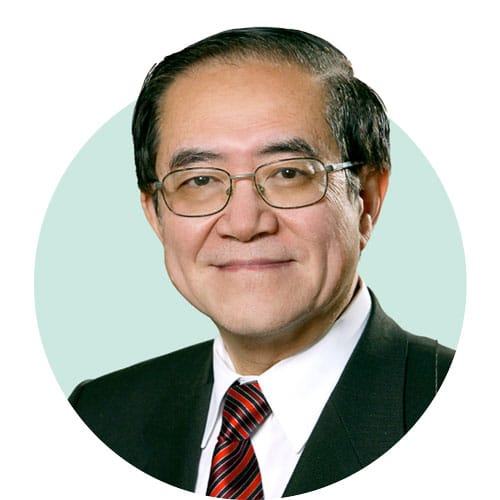Mechanical and Aerospace engineers at Princeton have played leading roles in combustion, fluid flow modeling and measurement, laser technologies and materials, propulsion, environmental science, and aerospace dynamics over the past half century. With ties to many other areas of science and engineering, MAE faculty also have a major impact in control and dynamical systems; materials science; satellite technology and propulsion; stability and control of vehicles; robotics; aircraft performance; pollution and alternative fuels; energy conversion and storage; nuclear security; biomechanics; and instrumentation.
News

Never mind how grasshoppers hop. These engineers watch them fly.

Four projects selected for 2025 Schmidt Transformative Technology Fund awards

Award for Excellence honors graduate student achievement

Stone inducted into American Academy of Sciences and Letters

Asking for help is easy, and expected, engineering students tell first-year families

Faculty commended for outstanding teaching
Events
Persistent Computing Machines and Other Emerging Approaches to Research
Generating Electricity from Earth’s Rotation Through Its Own Magnetic Field
Tiny Layers: Advancing Lithium Batteries through Interface Engineering
Flying, Floating, and Fostering the Future: Innovations in Autonomy & Industry-Academia Partnerships
Convex Optimization Based Optimal Control
Faculty

Christine Allen-Blanchette

Craig Arnold

Ryne Beeson

Emily A. Carter

Edgar Choueiri

Daniel J. Cohen

Luc Deike

Michelle DiBenedetto

Alison Ferris

Alexander Glaser

Mikko Haataja

Kelsey Hatzell

Marcus Hultmark

Jesse Jenkins

Yiguang Ju

Egemen Kolemen

Andrej Kosmrlj

Chung Law

Naomi Ehrich Leonard

Michael Littman

Anirudha Majumdar

Luigi Martinelli

Julia Mikhailova

Michael Mueller

Radhika Nagpal

Daniel Nosenchuck

Clarence Rowley

Aditya Sood

Howard Stone

